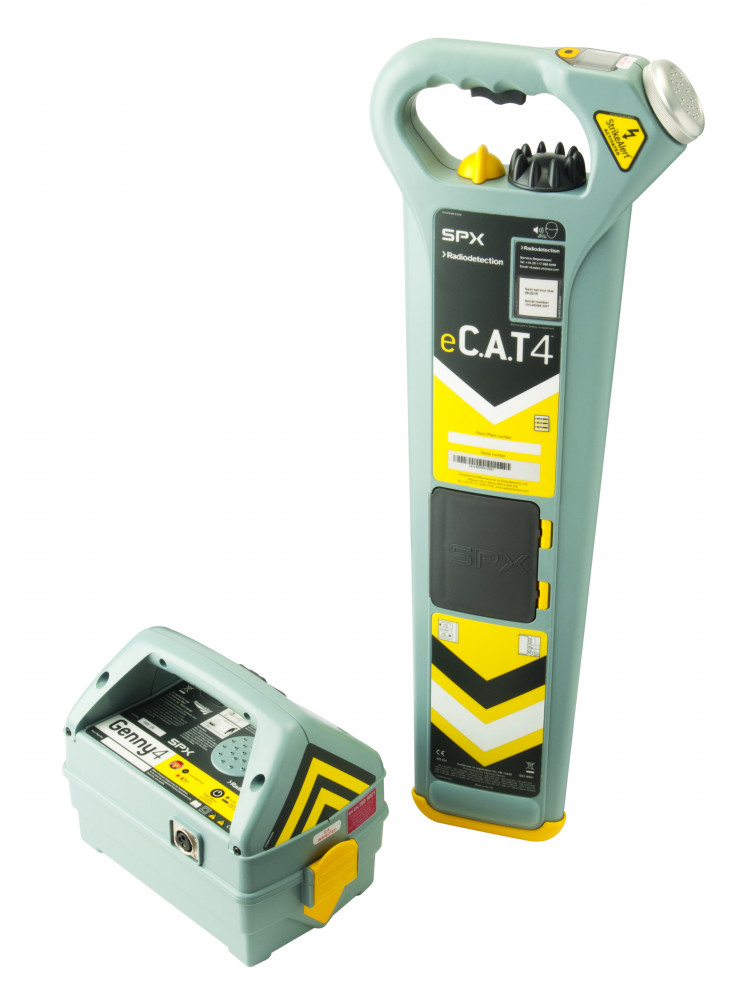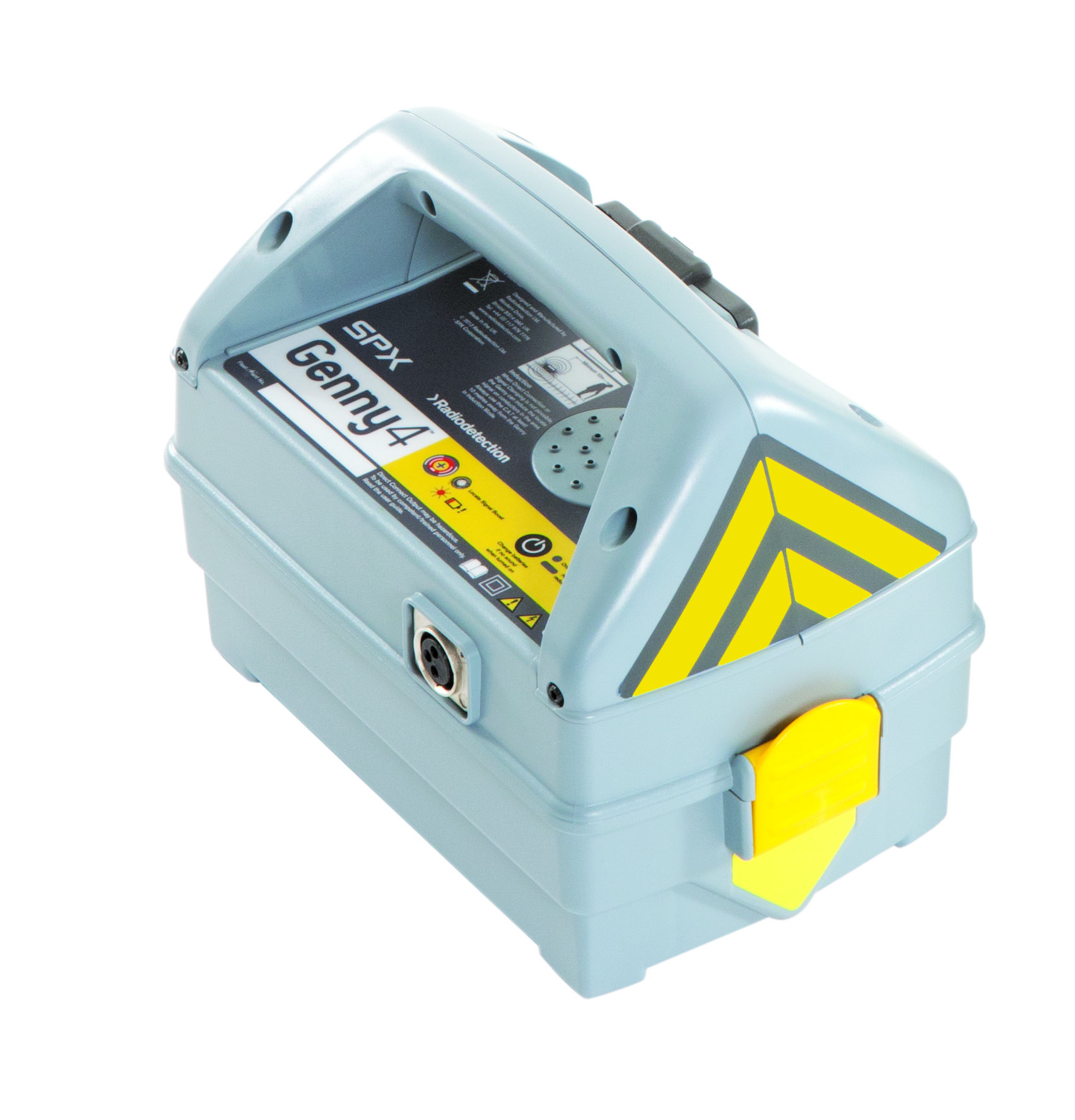Latest News
The Importance of Cable Avoidance
Posted on Friday, 15th November 2019

Every year, there are over 60,000 cable strikes while performing excavation work reported in Great Britain alone. These accidents can be devastating for workers, businesses and the community. In today’s blog, we will look at why cable avoidance is so important, what equipment is needed to excavate safely and the different training options available.
Why does cable avoidance matter?
There are many potential knock-on effects of cable strikes. Preparing with the correct training, personnel and equipment is the only way to avoid huge problems further down the line.
Safety
The most important issue is of course the safety of the worker. Reports from LSBUD say that between 2012 and 2017 there were over 300 injuries caused to workers due to cable or pipe strikes, with many of these being fatal. The dangers of using digging machinery around live cables is obvious and the only way an accident can be avoided is by doing proper cable searches before and during the whole process.
Financial
Cable strikes can have massive financial impacts for the company and surrounding area. Depending on which cable or pipe is struck, local power supplies may be affected, causing huge problems for homes and businesses. It will also take time to repair the damaged cable, meaning your building work cannot be completed on time. This disruption will do damage to a construction companies’ reputation and may impact future business.
To make sure that you are doing all you can to reduce the risks of cable strikes, there is a basic 4-step planning process that organisations may wish to follow:
- Desktop research and studying utility maps
- Walking the ground to check for signs of utilities
- Cable & pipe locating using your preferred equipment
- Safe digging practices
Today we are focusing on step 3 and the fundamentals of cable avoidance.
What equipment do I need?
The most important pieces of equipment you will need are a Cable Avoidance Tool, also known as a CAT or a Utility Locator, and a Genny. These clever tools are used to detect signals potentially being omitted from cables, but they have their limitations which anyone using them must be aware of.
The most up-to-date models within the SPX range are known as the C.A.T4. It is recommended that cable locating equipment is serviced and calibrated every 12 months, to ensure they are fit for purpose and working to the latest software. This servicing will also ensure that users are fully up-to-speed with the technology.
What can a cable avoidance tool detect?
There are many different versions of CATs which have slightly different functionality, but all of them have the ability to detect the different types of signals emitted from pipes and cables that may be underground.
On their own CATs can detect magnetic fields of power often found in buried loaded power cables, and VLF Radio signals, which travel through metallic lines such as gas and water pipes. Where signals are not present, or there is bad detection, we may use a Genny. These will induce a signal onto pipes and cables so they can be located with a CAT.
How does a cable detector work?
You don’t need to be a scientist to use the cable detection tool, however having a basic understanding of how they work is necessary for you to use a utility locator correctly. While different versions of the tools may have additional features, there are two main ways of using this equipment when searching for utilities.
- Passive search, where the CAT is used on its own to detect present power or radio signals.
- Active search, where the CAT is attached to the source (for example, a streetlight) and transmits a signal through all the connected pipes and cables. This method also allows user to receive depth readings for the cables.
Cable Avoidance Training Courses
To remain compliant and perform the task safely you will need have completed the necessary cable avoidance training course. We offer multiple options depending on your job role and what area you work in:
Cable Avoidance - Basic Operator
This half-day course covers all the essentials for anyone involved in excavation work including:
- Basic principles of cable avoidance
- Using and maintaining CATs and Genny
- Hazard and risk awareness for underground work
- Understanding site plans and utility drawings
This will include a short theory test and practical assessment. Successful learners will receive an ESS Certificate along with a White Basic Operator ID card.
Cable Avoidance For Managers - Managing, Planning and Permit Course
This course is designed for the needs of managers overseeing excavation work. It covers many cable avoidance fundamentals from the Basic Operator course but with additional emphasis on aspects specific for managers including:
- Overview of CAT manager and CAT manager online
- Using statistical analysis and map marking
- Data acquisition
The course takes place over one full working day, complete with a final exam. Successful learners will receive an ESS Certificate along with a Gold Manager ID card.

How long does a CAT and Genny certificate last?
Certificates for all our Cable Avoidance courses are valid for 3 years. The New Roads & Street Works course certifications last for 5 years.
Similar Courses which cover Cable Avoidance
Along with these specific courses, cable avoidance is also covered in some of our other courses which are targeted specifically at workers involved in new road street works:
- New Roads & Street Works Act (NRSWA) for Operatives (Units 1 – 6 & 9)
- New Roads & Street Works Act (NRSWA) for Supervisors (Units 1, 10 – 14 & 16)
- New Roads & Street Works Act (NRSWA) Refresher
Which course is right for you will depend on what specific skills your job role demands. More information on each course can be found by clicking on their link.
Where to get Cable Avoidance Tools
Here at ESS we sell a wide range of CATs, Gennys and other accessories which may prove useful when conducting cable searches. All the equipment we sell is industry standard and provided by trusted manufacturers. To see our full range, please find the link to our online shop: https://essentialsiteskills.co.uk/shop/category/cable-detection
Why not purchase equipment when booking a course with us? If you want to know more please contact a member of our team at info@essentialsiteskills.com.
Looking for more information on Cable Avoidance?
Cable avoidance is a huge topic which can’t all be covered in this blog. This is why having the appropriate training is so important.
If you want more detailed information about avoiding danger from underground services, we would recommend the HSE guide. Another useful outlet for information is the LSBUD website, which are an invaluable source of utility maps to help identify risks in areas of excavation work. We would also recommend The Survey Association who have specific in guidance for good practise in surveying work.
If you want to speak to someone about our Cable Avoidance or New Road Works courses, why not speak to a member of our training team who will be happy to help you on 0115 8970 529 or you can email us at info@essentialsiteskills.com. Alternatively, take a look at our course index page to see what other qualifications we have available.


